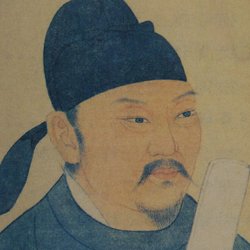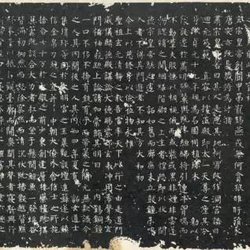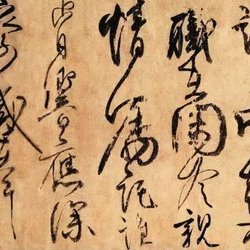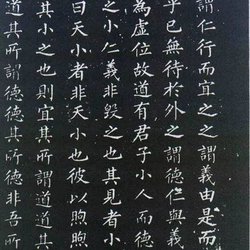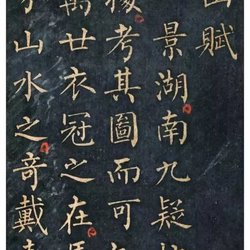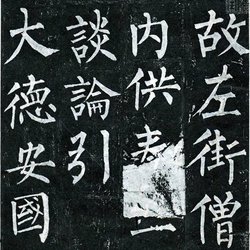He was a great calligrapher in the late Tang Dynasty who was good at absorbing and creating. His regular script inherited the traditions of the Erwang and various calligraphers in the early Tang Dynasty, and also focused on absorbing the characteristics of the Yan style and the European style. After creation, he wrote a new style: The characters are clear and vigorous, the structure is rigorous, sparse and open, elegant and square.
He is today's protagonist: Liu Gongquan.
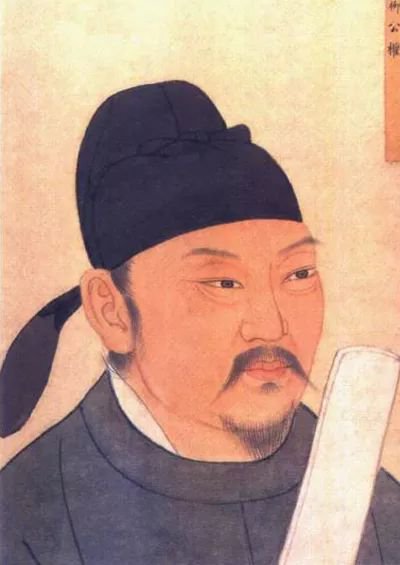
Liu Gongquan (778-865), courtesy name Chengxuan, Han nationality, was born in Jingzhao Huayuan (now Yaozhou District, Tongchuan City, Shaanxi Province). A famous calligrapher and poet in the mid-Tang Dynasty, he was the younger brother of Liu Gongchuo, Minister of War. He is as famous as Yan Zhenqing and is known as "Yan Liu". He is also known as the "Four Masters of Regular Script" together with Ouyang Xun, Yan Zhenqing and Zhao Mengfu. Particularly famous ones include: "Mysterious Tower Stele", "Shence Army Stele", "Diamond Sutra", "Jiuyi Mountain Ode", "Lu Shiheng's Lianzhu", etc. These famous posts are good examples for learning "Liu Ti".
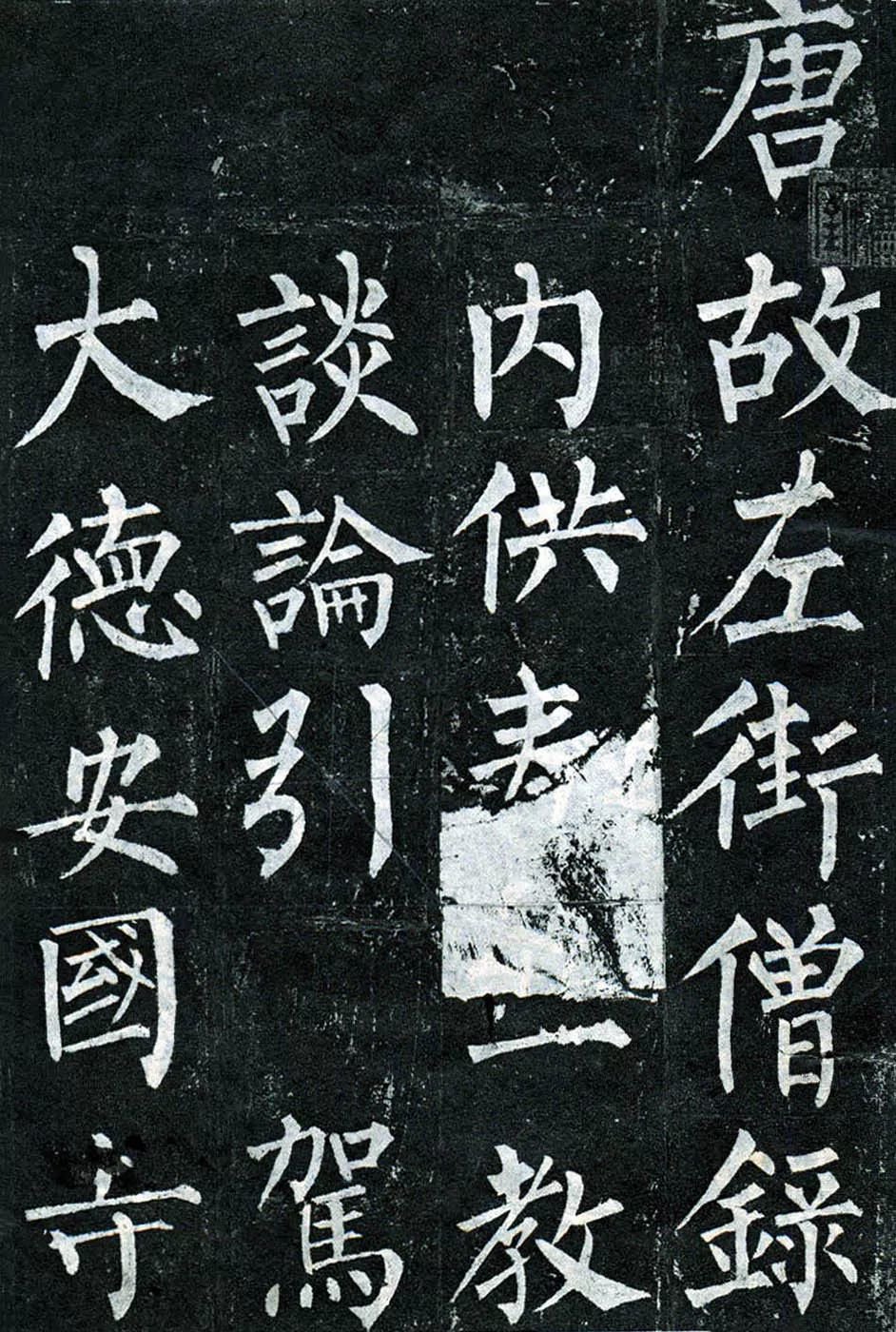
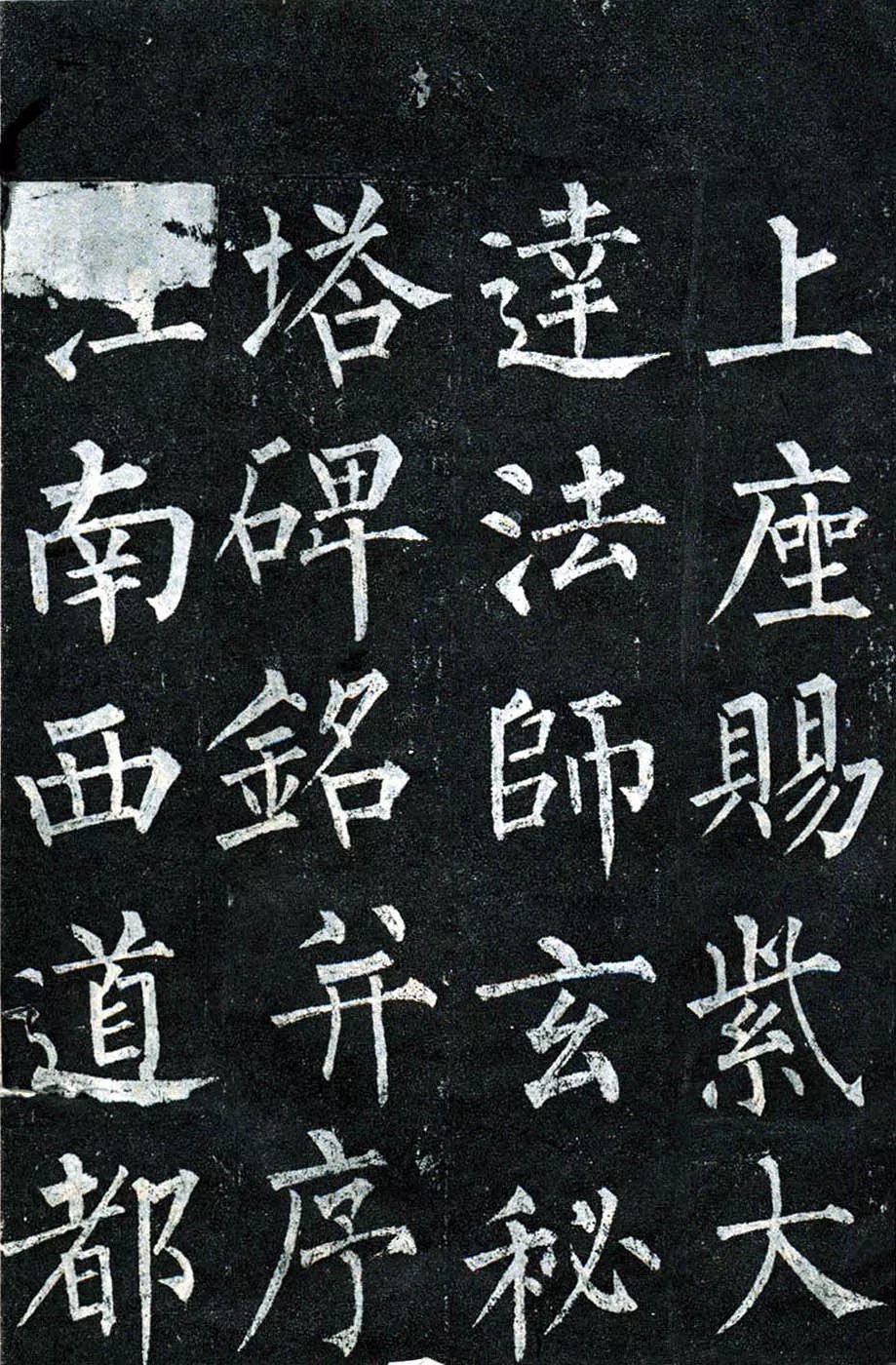
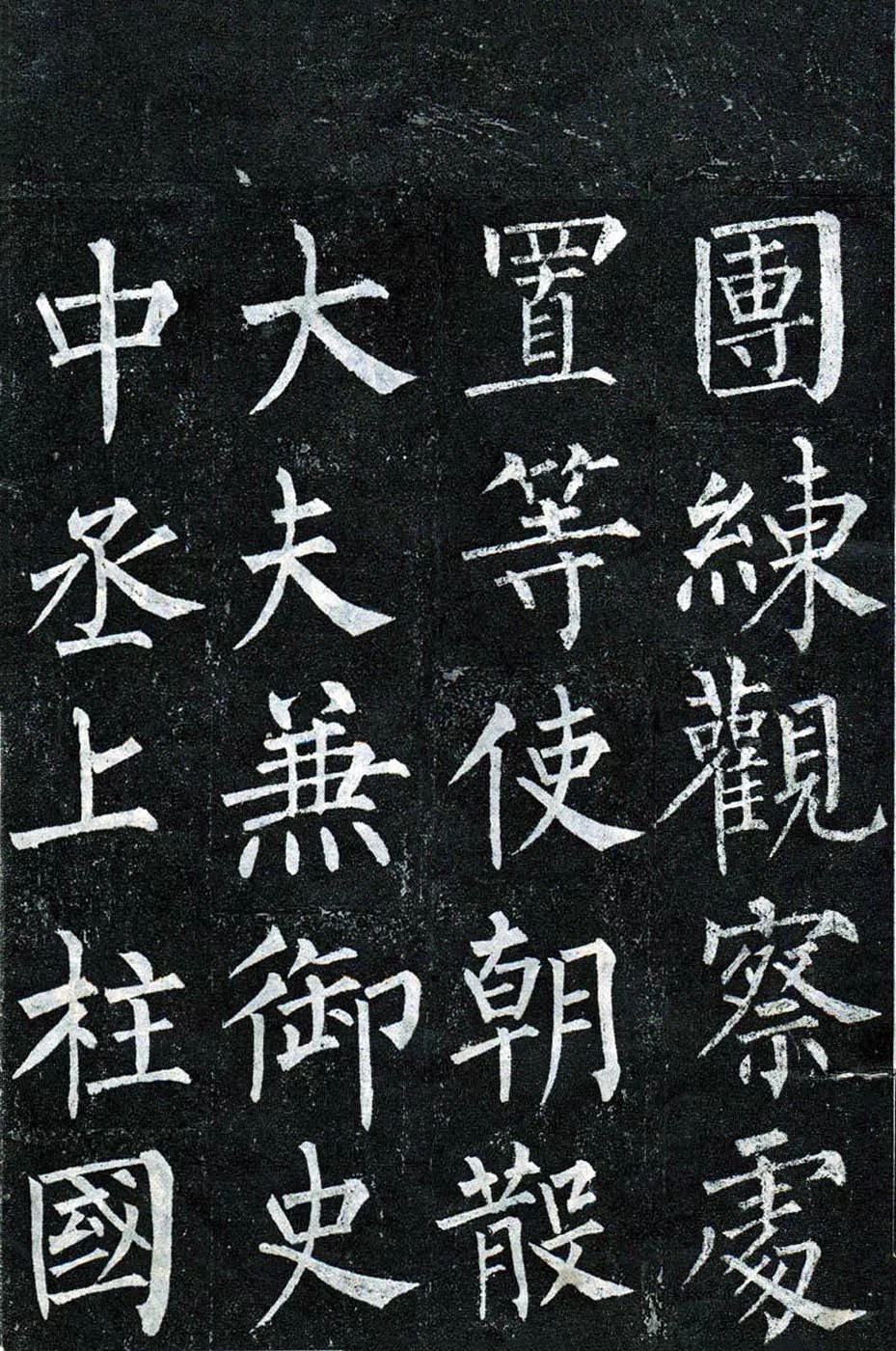
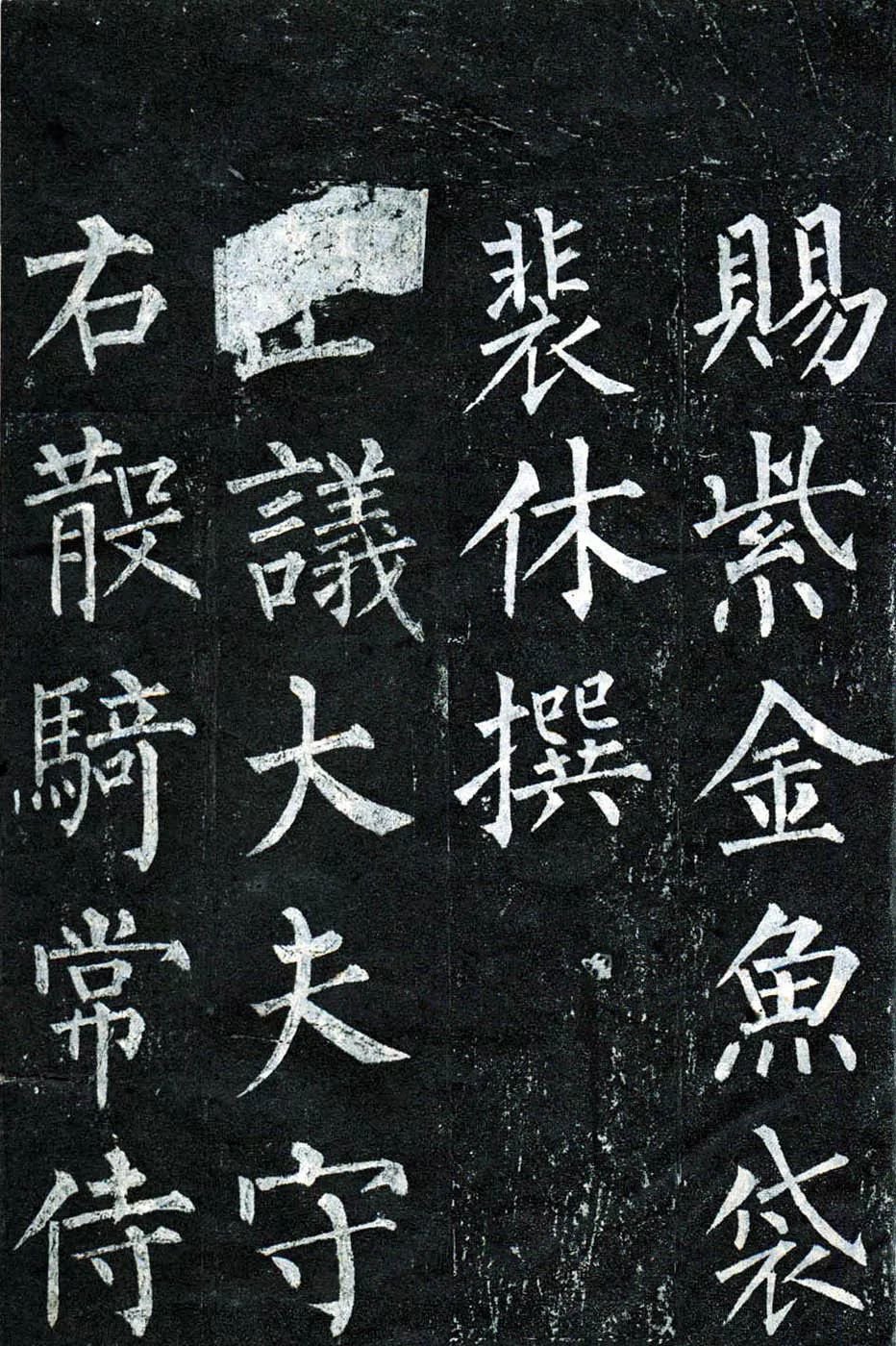
"The Mysterious Tower Stele" is referred to as "The Mysterious Tower Stele of Master Dada"
Pei Xiu of Tang Dynasty wrote the article, and Liu Gongquan wrote it with seal script on the forehead. Because of its powerful body, powerful bones, rigorous structure, and elegant handwriting, it is known as "Willow Bone". The seal characters on the forehead of the stele are arranged in three lines, with four characters in each line, for a total of twelve characters. The main text of the stele has 28 lines in regular script, with 54 characters per line, totaling (1302) characters. The "Mysterious Pagoda Stele" was erected in December of the first year of Huichang in the Tang Dynasty (AD 841) and is now in the Stele Forest in Xi'an, Shaanxi Province. Although it has passed through thousands of years, the calligraphy and painting are still clear and intact.
Liu Xizai's "Art Summary" states: "Liu Shu's "Mysterious Tower" comes from Yan Zhenqing's "Guo Family Temple". Wang Shizhen said: "Liu Faqiu is charming and strong, comparable to Yan Situ." "Mysterious Tower" was written by Liu Gongquan when he was sixty-four years old. Wang Shu's "Xuzhou Inscriptions and Postscripts" said that this book is "a work of sincerity and extreme restraint". The main characteristics of the "Mysterious Tower" knot are introversion and outward expansion. This kind of knot is easy to be tight and strong; the pen is strong and stretched, clean and neat, thoughtful in all directions, and has its own unique look.
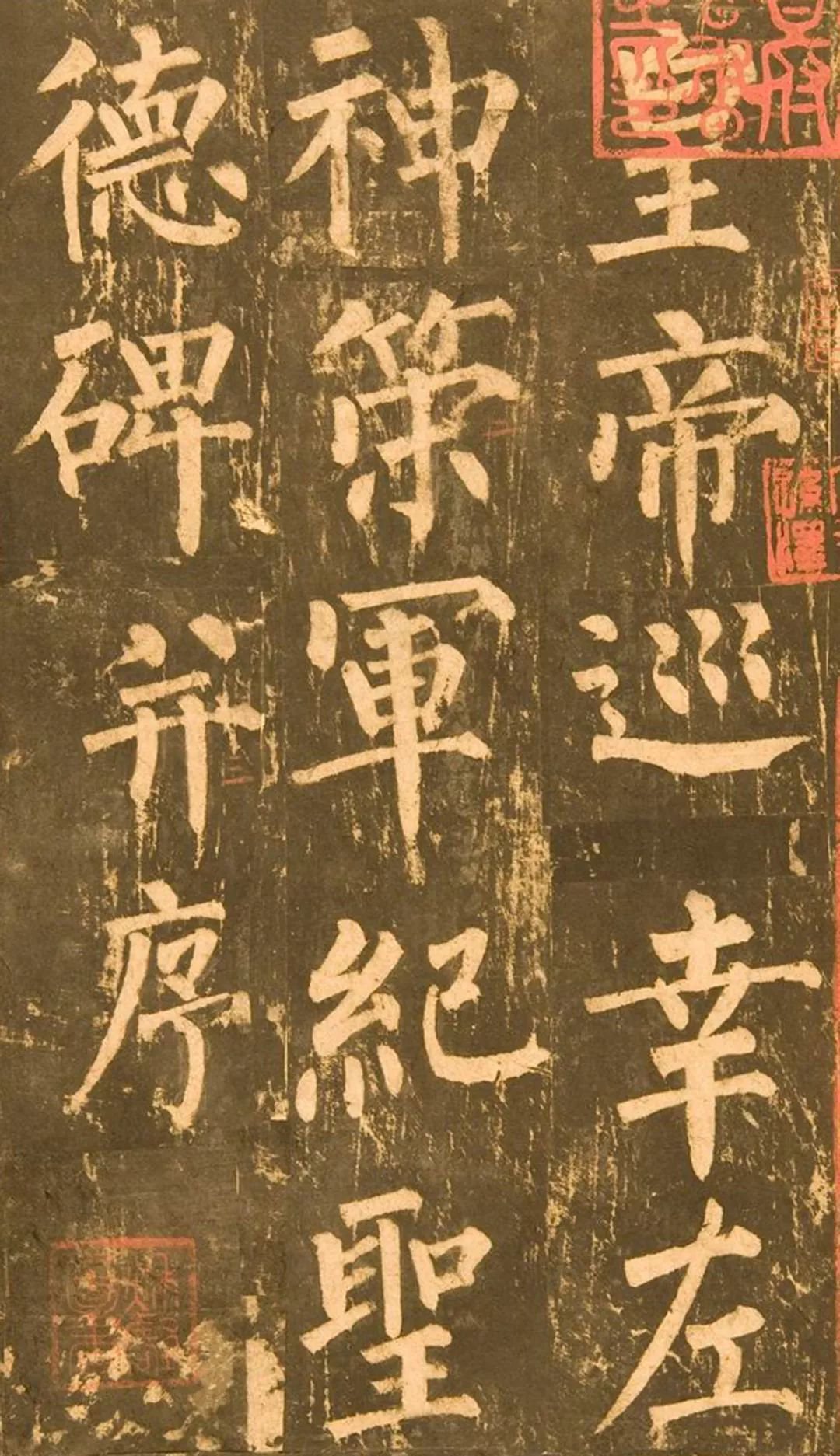
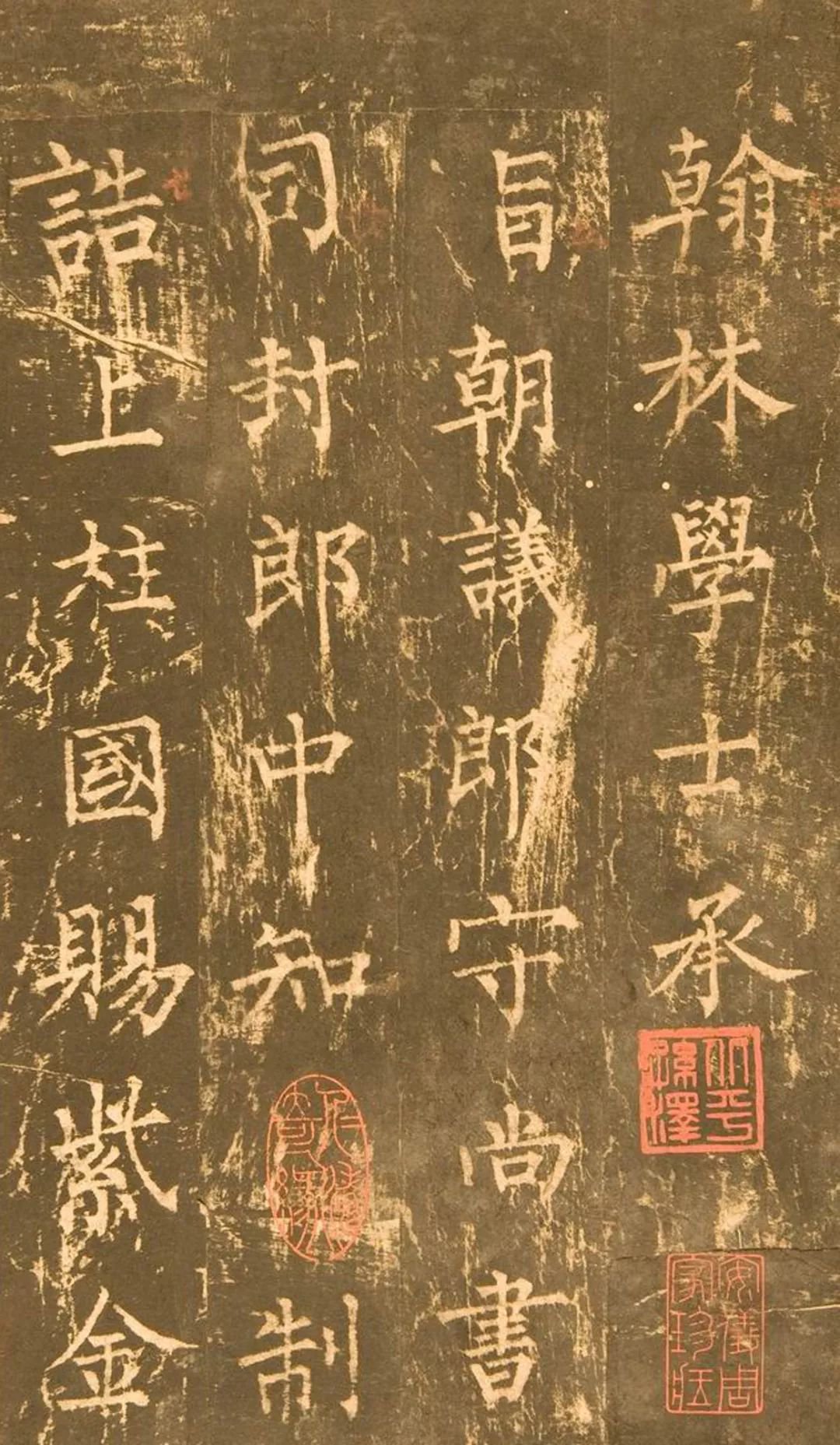
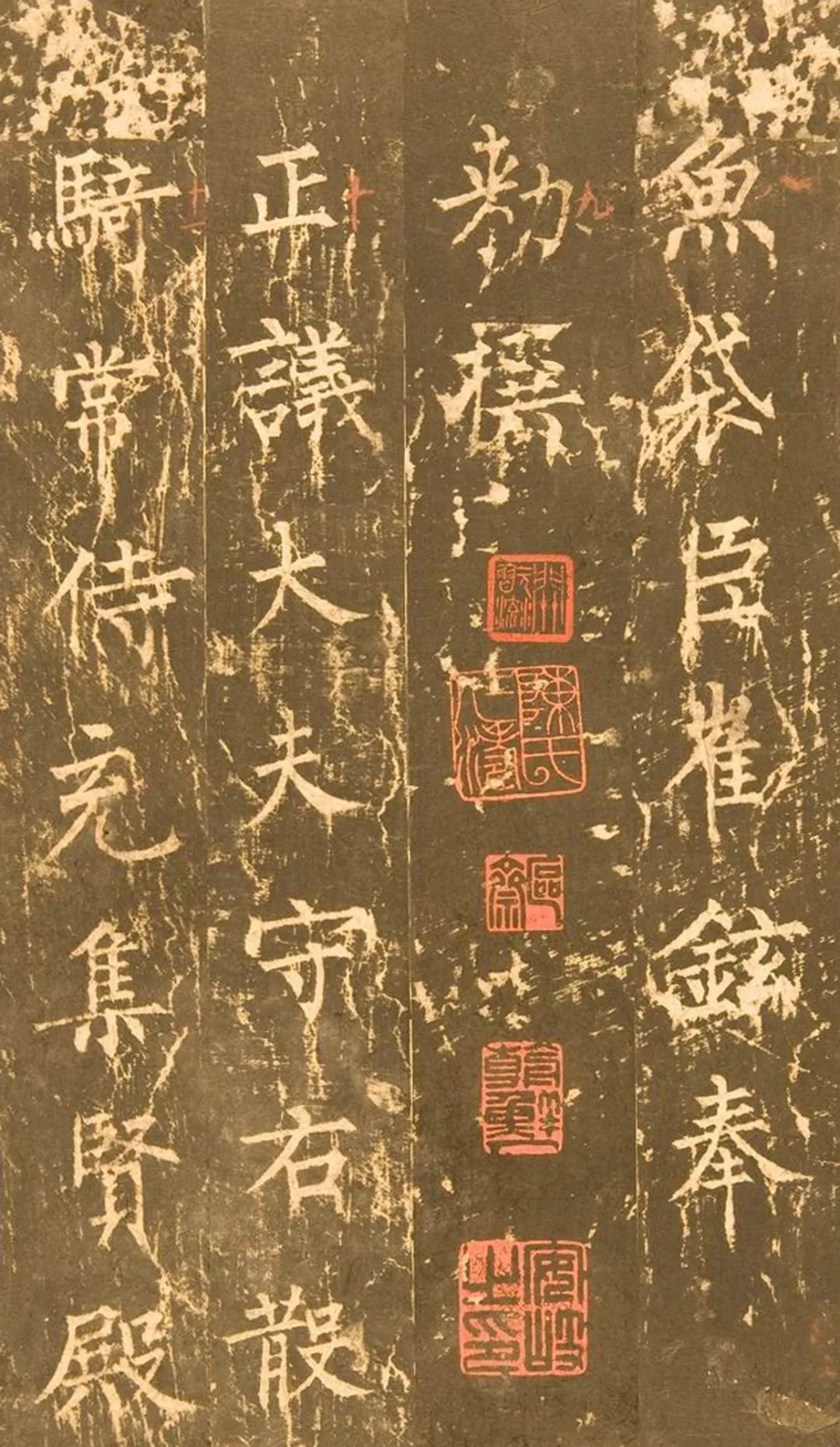
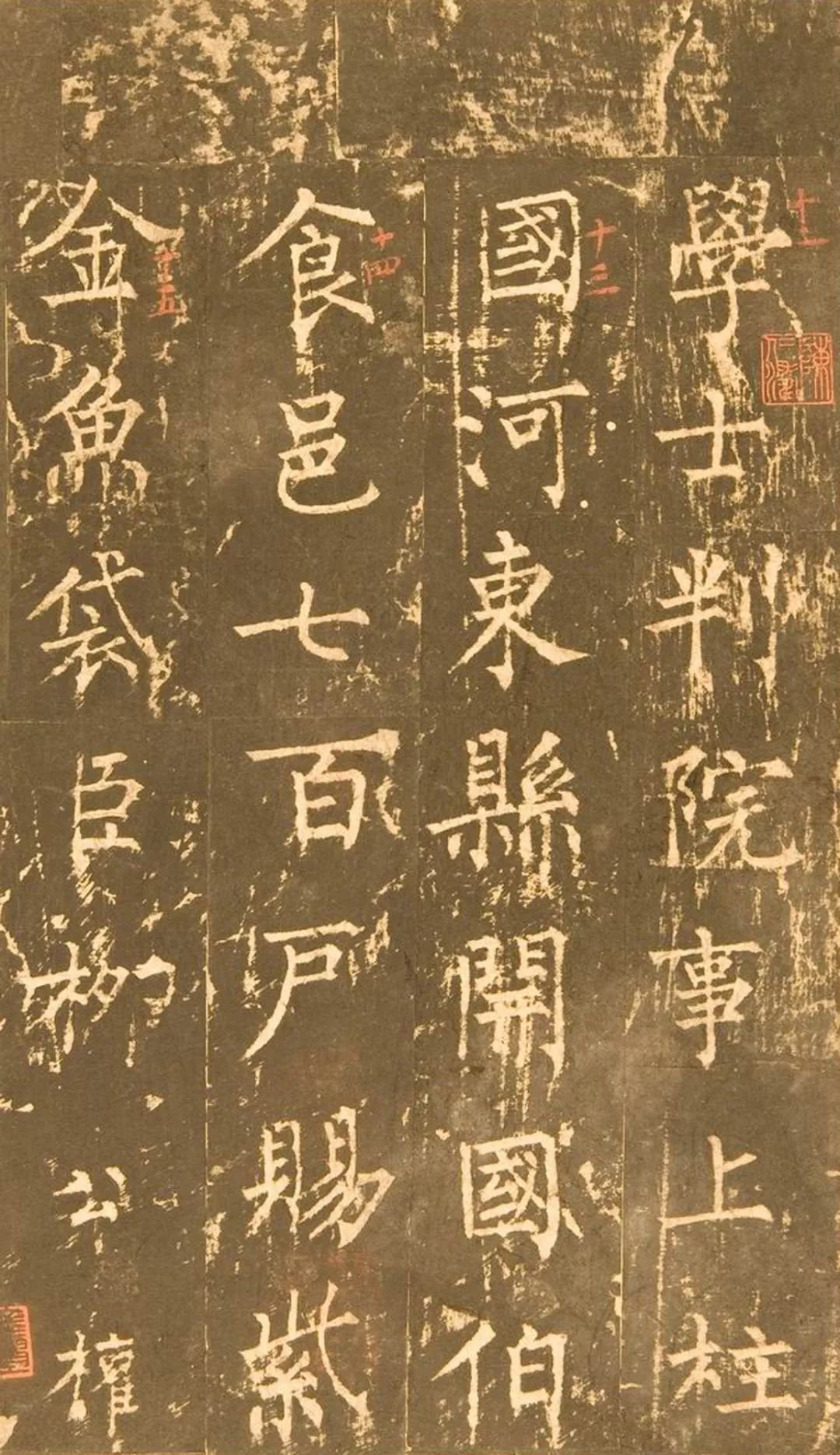
The full name of "The Monument of Shence's Army" is "The Monument of the Holy Virtue of the Emperor's Visit to the Left Shence's Army"
It was erected in the forbidden area of the imperial palace in the third year of Huichang (843 AD) of Emperor Wuzong of the Tang Dynasty. The size of the stele is unknown. It was written by Cui Xuan and signed by Liu Gongquan. The inscription records the demise of the Uighur Khanate and the coming of Andimes, which has important historical value.
This stele was written by Cui Xuan, a scholar of the Hanlin Academy, and Liu Gongquan, a scholar of the Jixian Academy, which added to the artistic value of this stele. The inscription written by Liu Gongquan has a neat calligraphy structure, which fully embodies the characteristics of the "Liu style" regular script with open, stable and well-proportioned bones. In addition, the inscription is exquisite and the rubbings are indistinguishable from the original, so it is regarded as a masterpiece of Liu script by later generations.
The "Shence Army" was the main forbidden army in the late Tang Dynasty. By the third year of Huichang, it had already been controlled by the eunuchs. At this time, Li Yan, Emperor Wuzong of the Tang Dynasty, had not long come to the throne. In order to show his goodwill to the eunuchs, he patrolled the Zuo Shence Army. The eunuch Qiu Shiliang also requested the erection of a stele in praise of Shence's virtues in response, so the "Shence Army Stele" was created. The inscription records historical facts such as the demise of the Uighur Khanate and the appeasement of the Uighur leader Umeisi who surrendered to the Tang Dynasty. It has become an important historical material for later generations of scholars to study border relations in the Tang Dynasty.
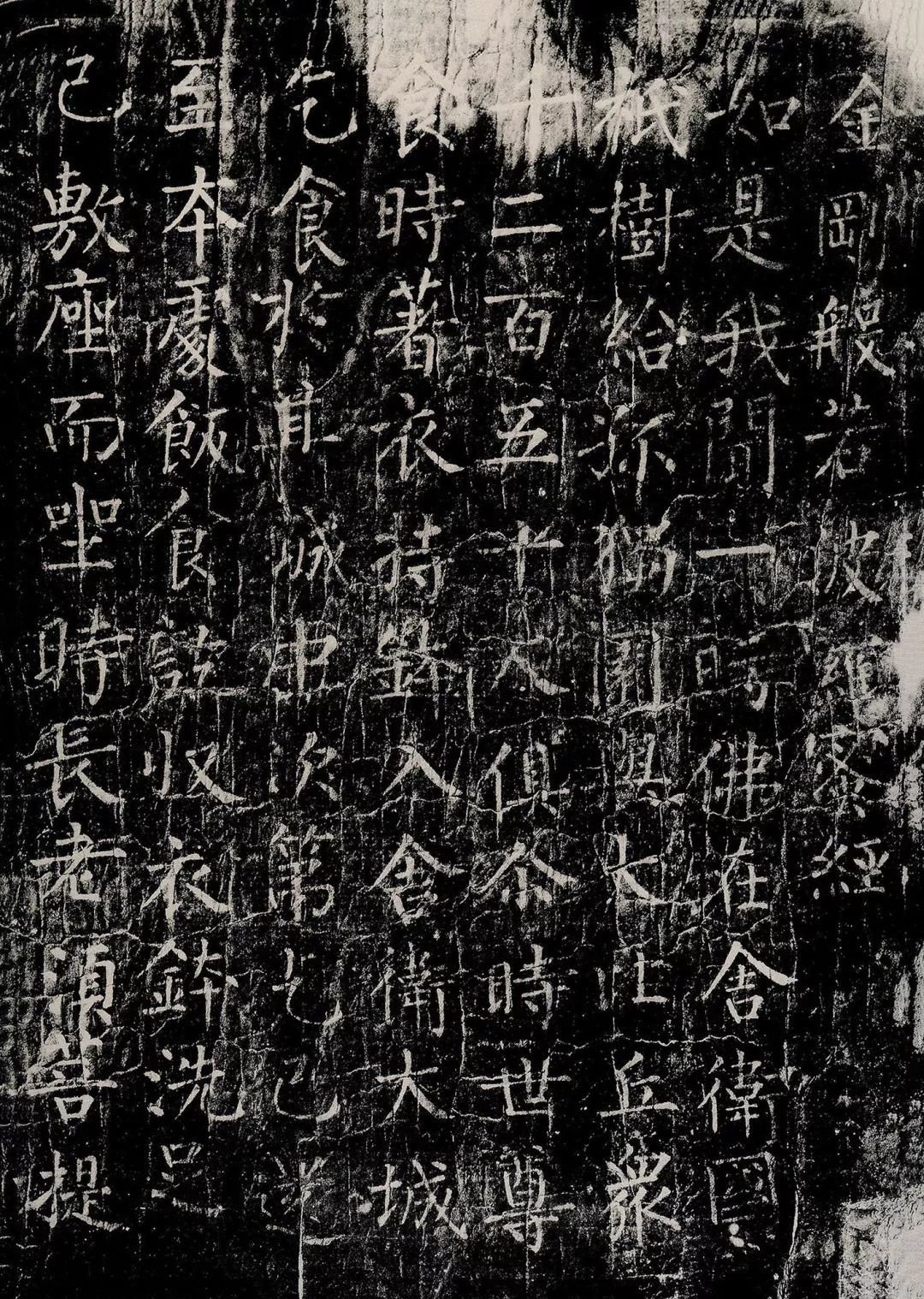
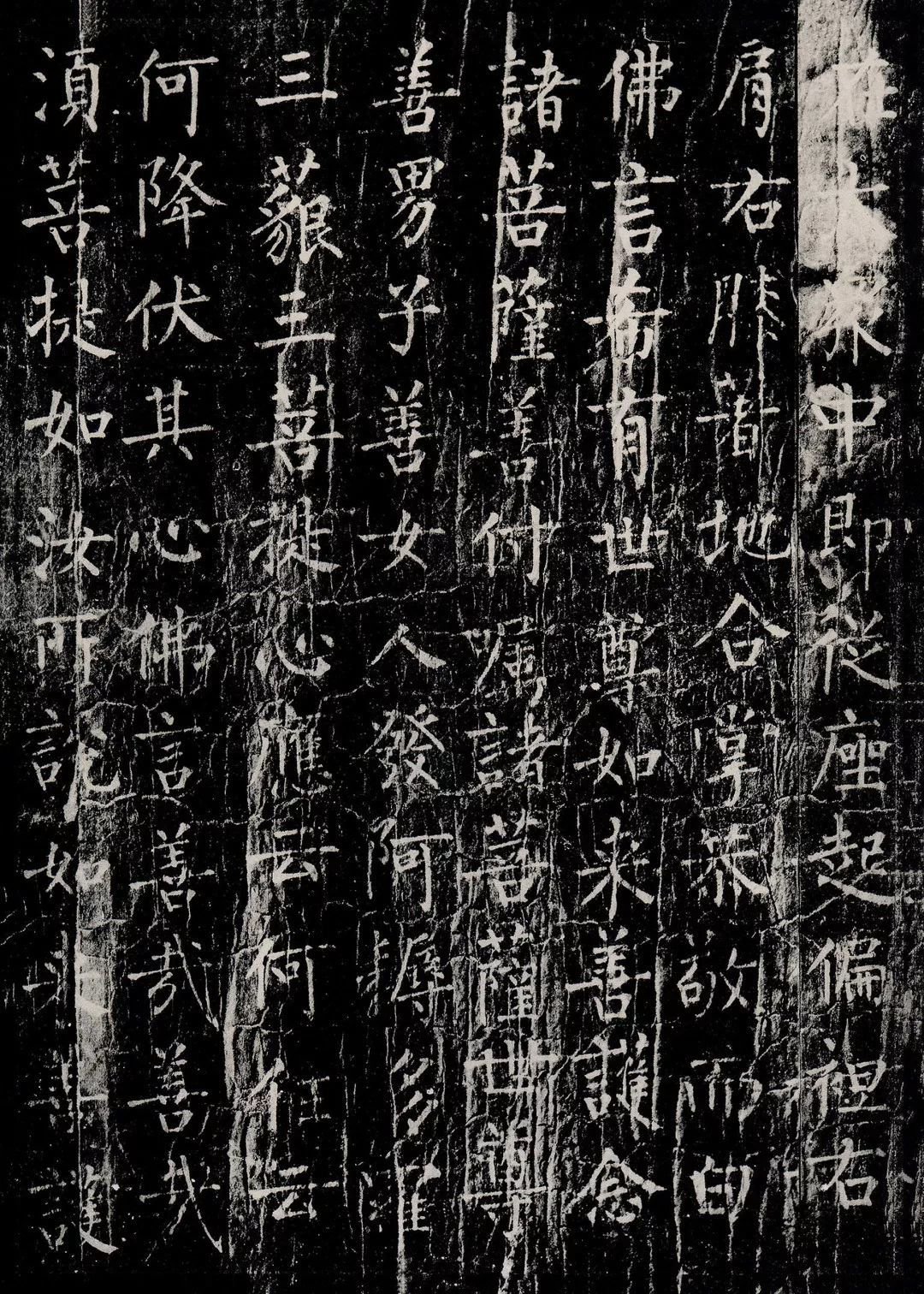
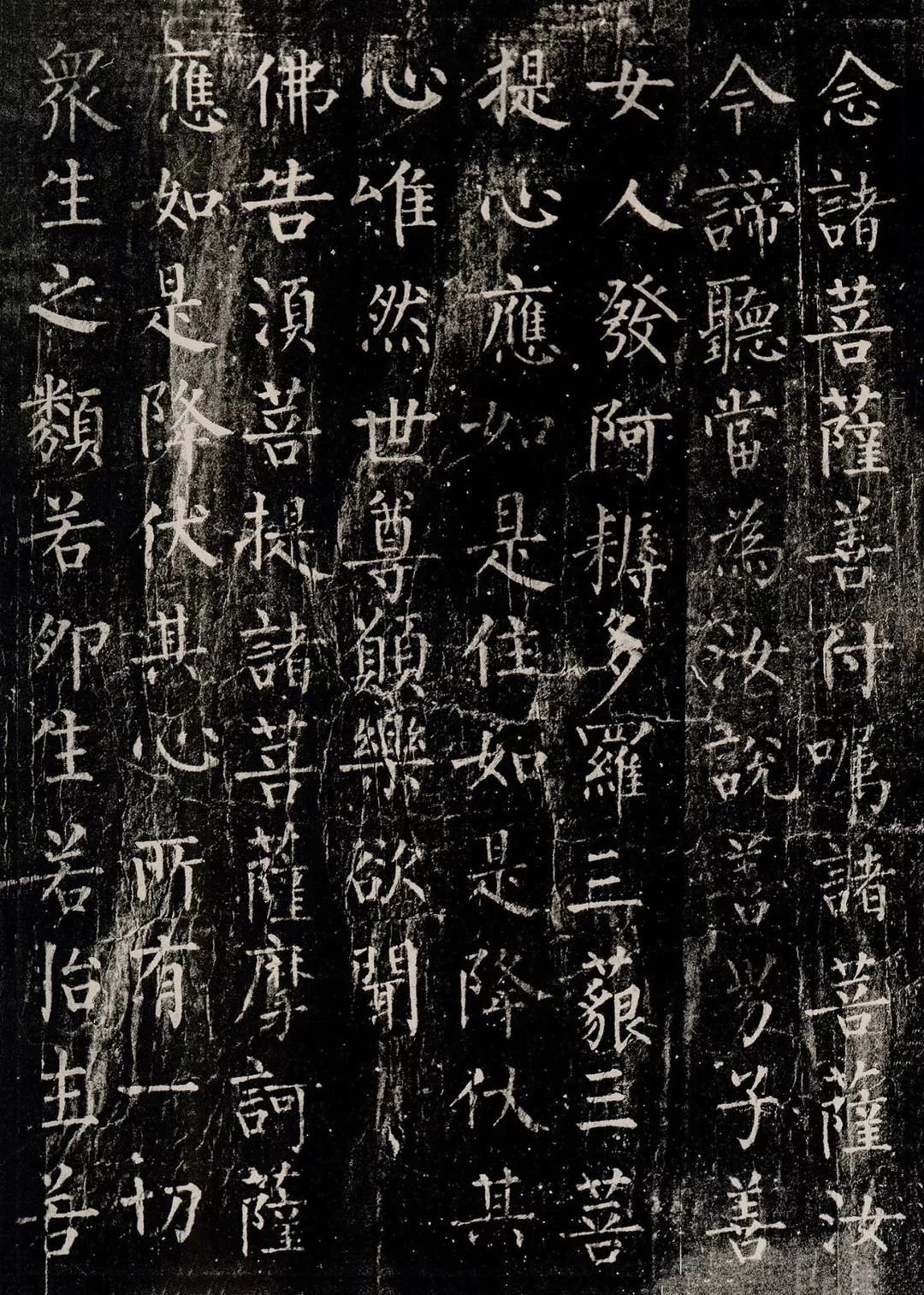
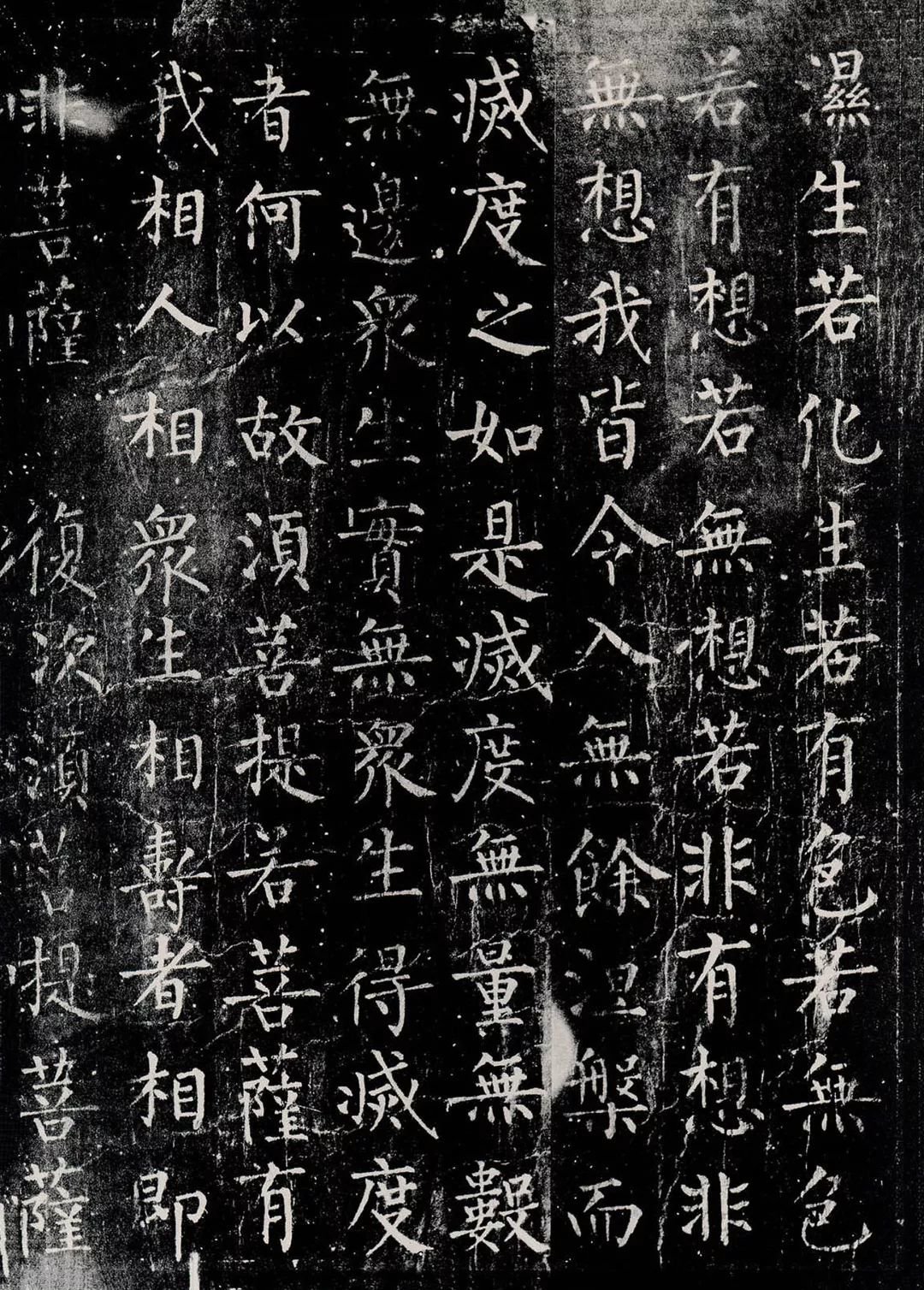
The "Diamond Sutra" was engraved in April of the fourth year of Changqing's reign in the Tang Dynasty (824).
It was written by Liu Gongquan when he was forty-seven, and its full name is "Vajra Prajnaparamita Sutra". The "Diamond Sutra" is engraved on a horizontal stone, with a total of twelve pieces, with eleven characters in each line. The original stone was destroyed in the Song Dynasty. In 1908, an original Tang rubbing was discovered in the Dunhuang Grottoes. Not a single word was damaged. It is extremely rare and is a rare treasure among Dunhuang documents. This rare national treasure was taken abroad by the Frenchman Heber and is now in the French National Library. In China, there are Zheng Bookstore, Wenming Bookstore, Zhonghua Bookstore, Cultural Relics Publishing House, etc. in Shanghai, all of which have photocopies. It can be said that it was printed again and again and became popular in the world.
The Tang rubbings of Liu Gongquan's "Diamond Sutra" currently popular on the Internet are all copies of these photocopies. This stele is an early work by Liu Gongquan. The characters are not large but the writing is deft and strong. The characteristics of Liu's style can be summarized as follows: he is good at point painting, careful about the frame, strict in laws and rich in temple atmosphere. This can be seen in this monument.
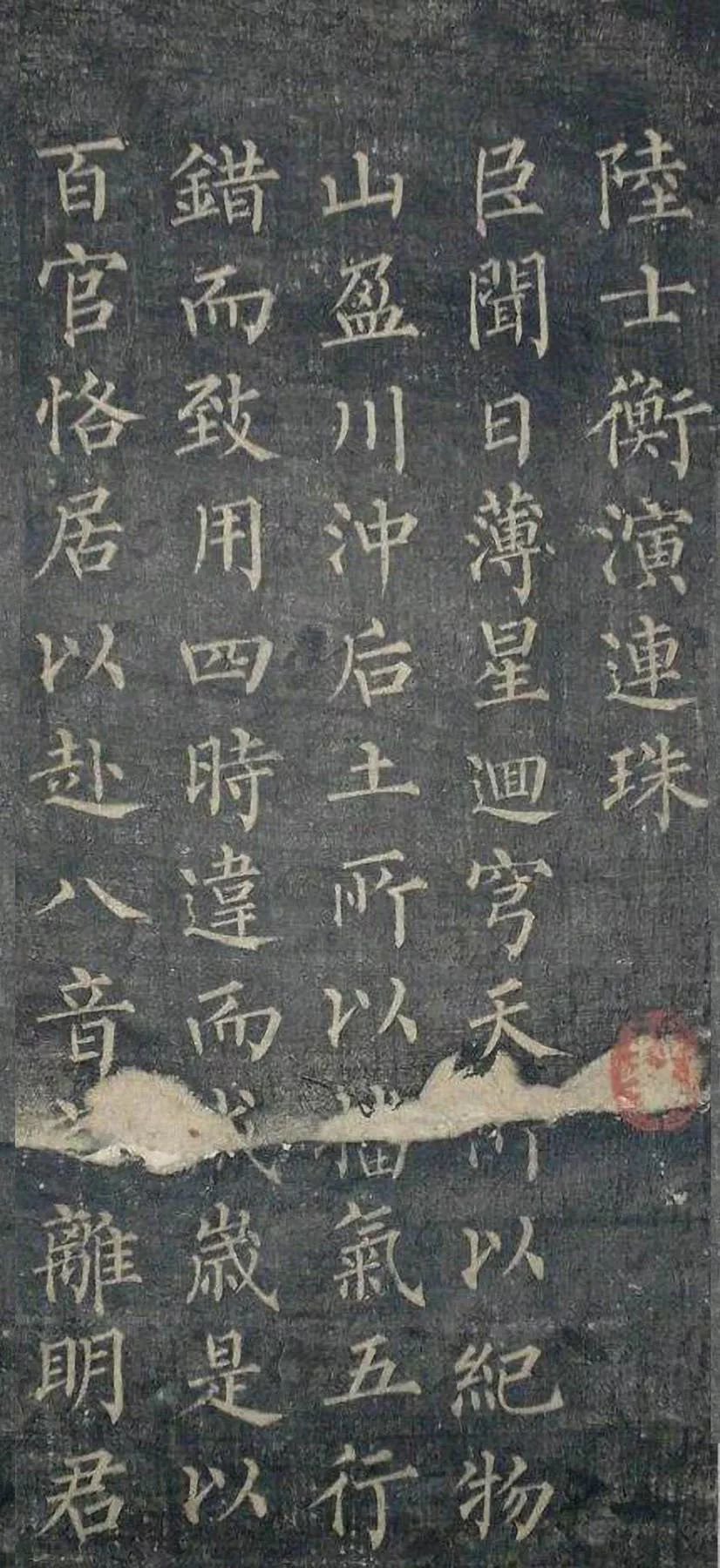
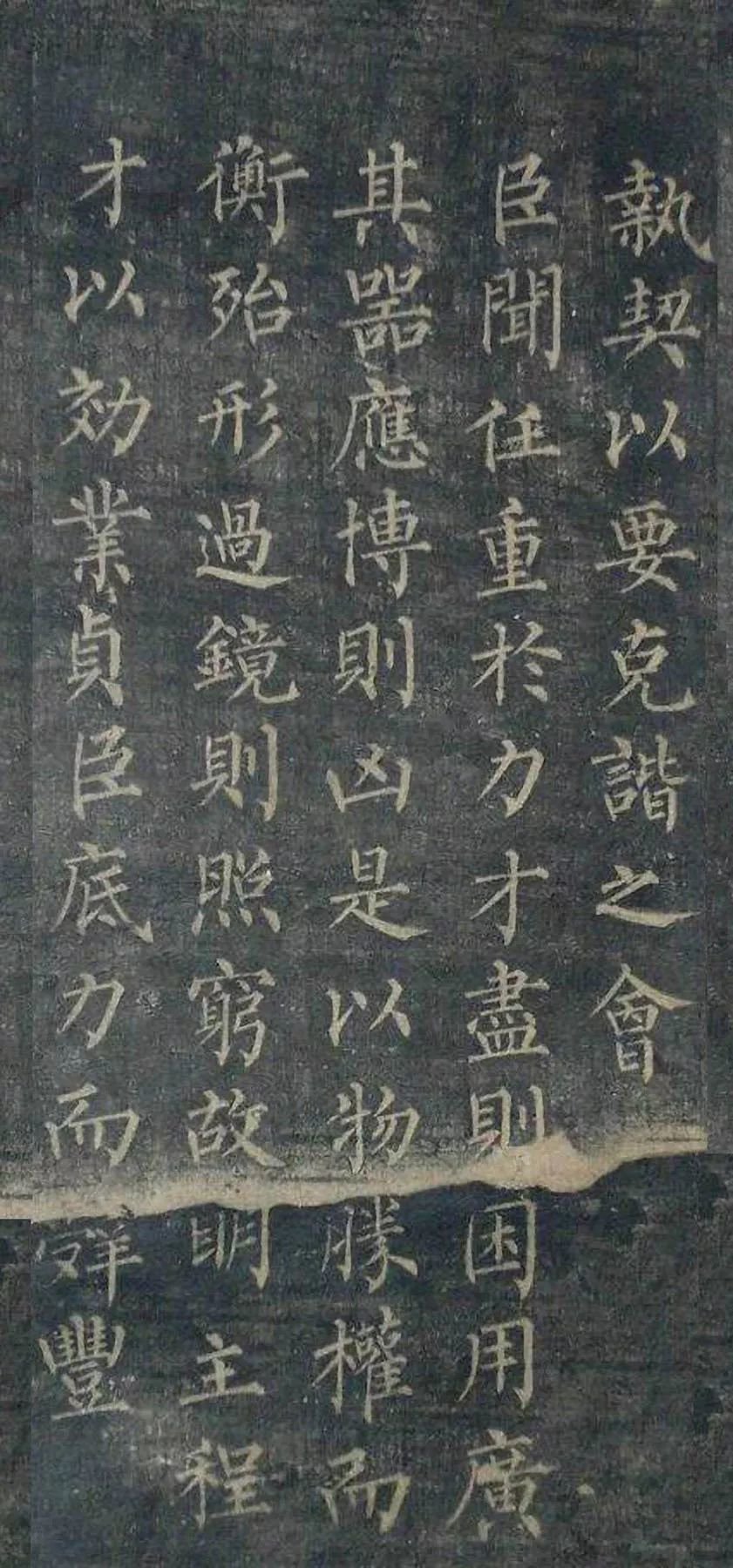
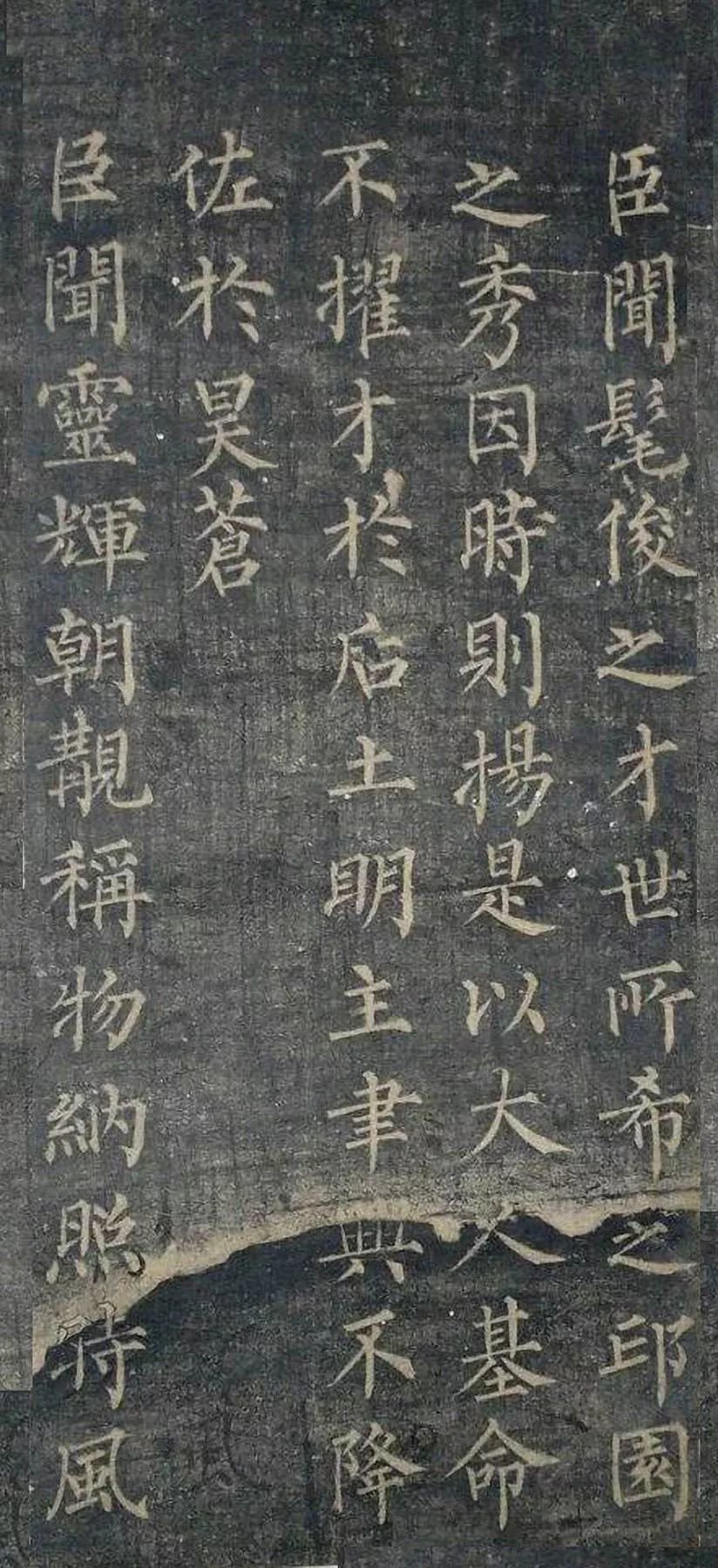
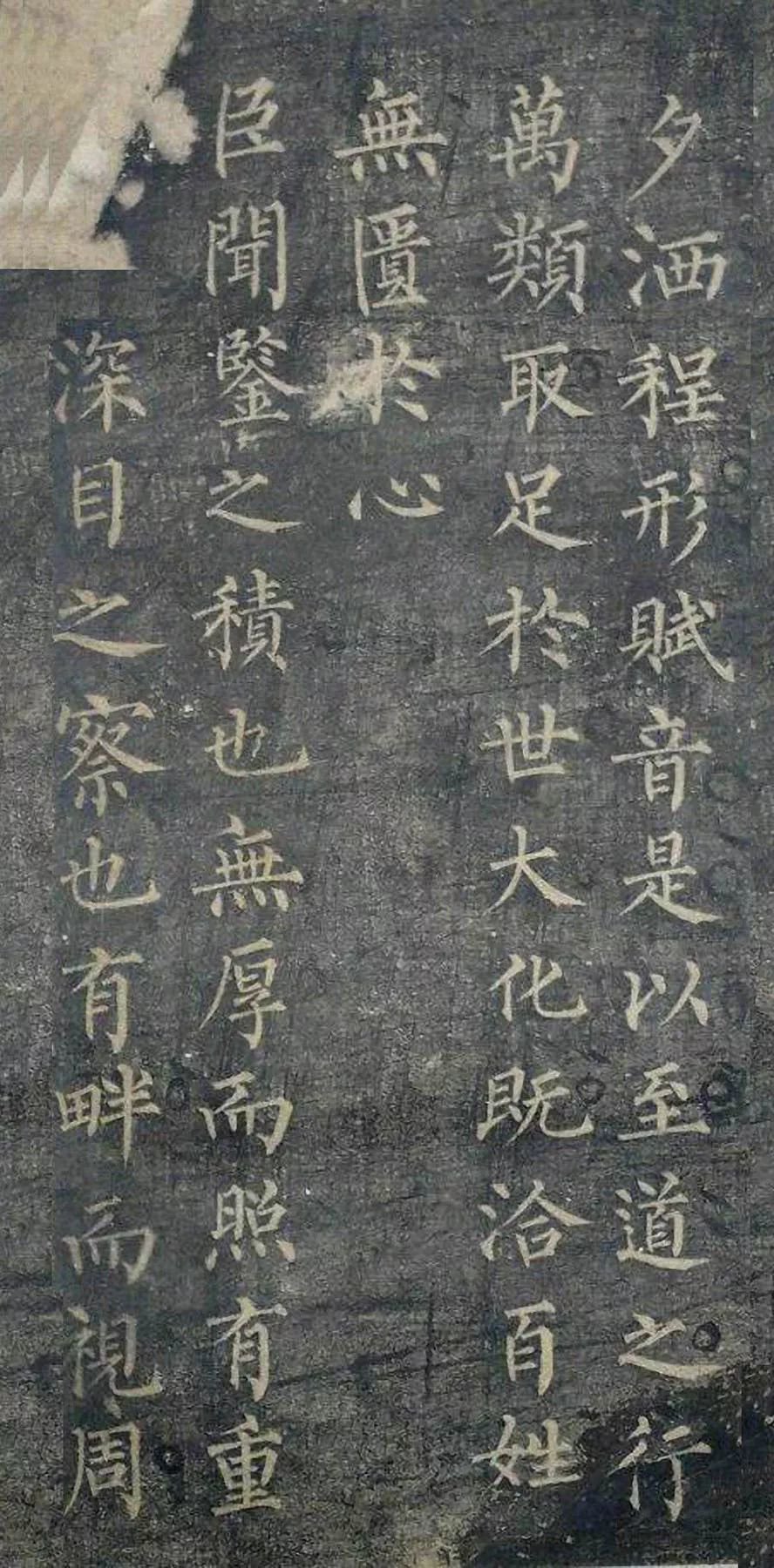
"Lu Shiheng plays Lianzhu"
It is a kind of ancient Chinese literary style, a kind of parallel prose with small metaphors and reasoning. The fifty poems "Yan Lian Zhu" written by Lu Ji, a writer in the Western Jin Dynasty, are full of ingenious thinking, rigorous reasoning, and exquisite metaphors. They can be called the masterpieces of Lian Zhu style. The calligraphy is strong, rigorous and meticulous. In terms of the characteristics of calligraphy, Wang Xizhi, who first studied, and Yan Zhenqing, who later studied, is famous for his thinness and strength. His regular scripts are vigorous and charming, and his bones and legs are strong. Running script and regular script are the most exquisite. Because of the unique characteristics of his works, Liu Gongquan's Calligraphy is known as "Liu style".

